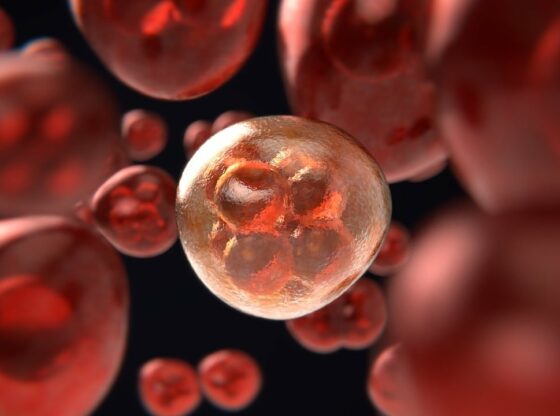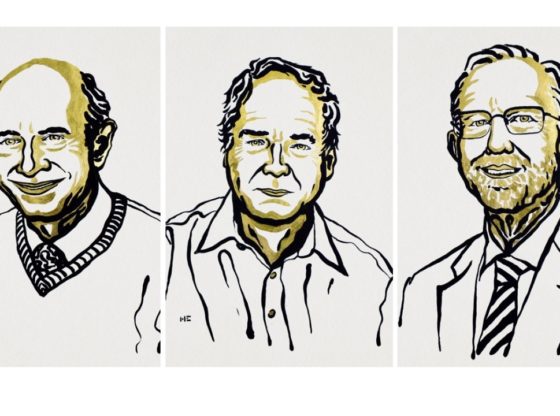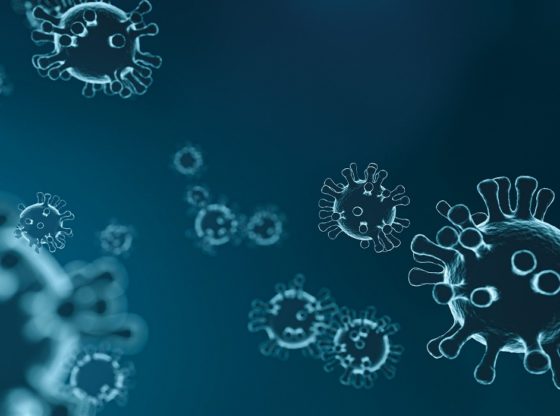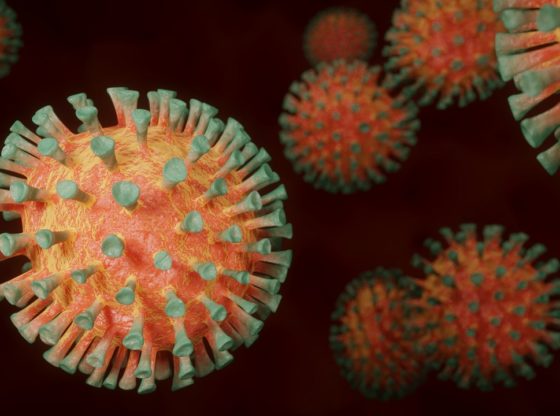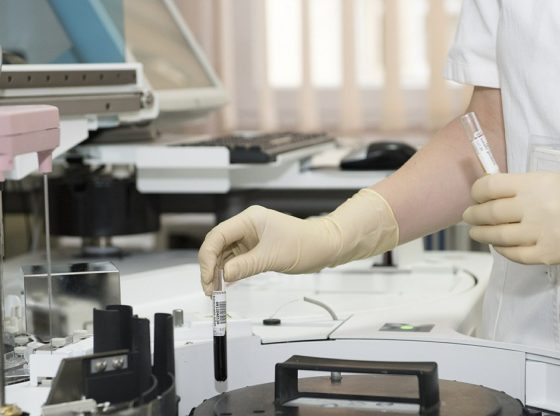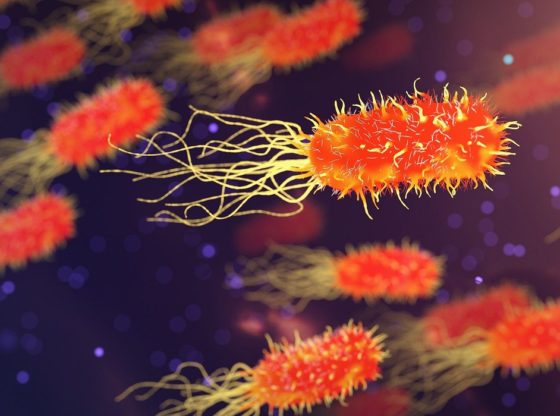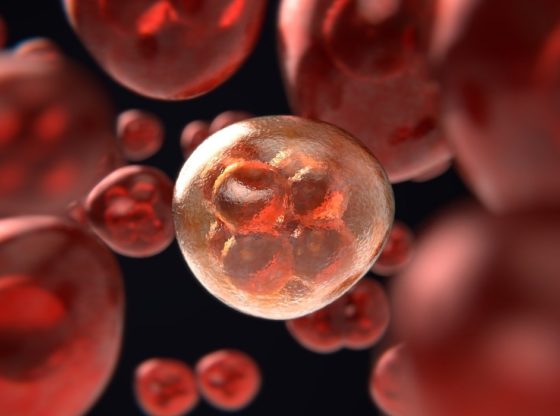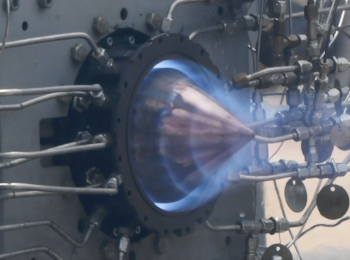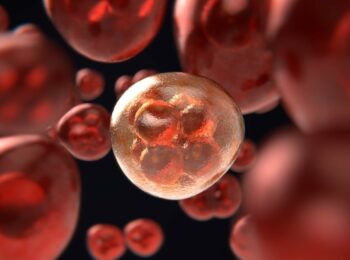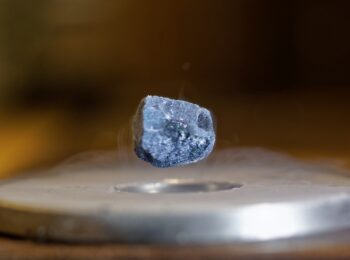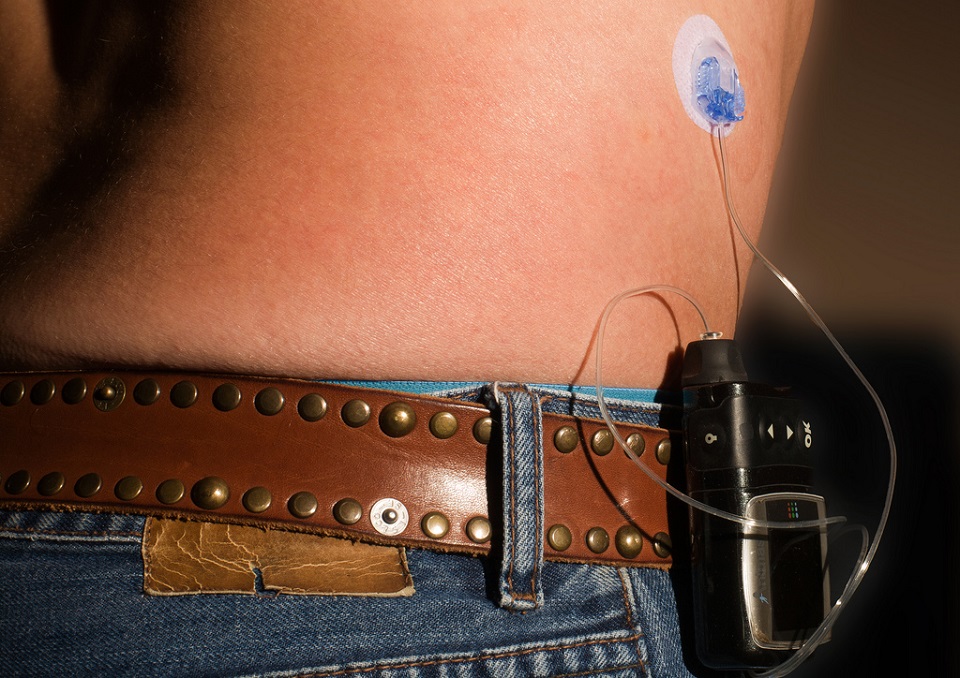
A Swedish research team at the University of Lund has made the discovery of a protein that appears to be very important for how our bodies make use energy from food or store the energy as fat. The protein appears to have an instrumental role in how insulin resistance develops and this is symptom strongly linked to diabetes.
Insulin Resistance, Obesity, and Diabetes
Insulin resistance implies that the ability of cells to respond to insulin is impaired. Since our bodies release insulin to handle increasing blood sugar after a meal. But with insulin resistance, the cells ability to absorb this energy are also impaired. Insulin resistance is often seen among obese, and those who risk developing type 2 diabetes.
However, much obese do not develop insulin resistance and the burning question is why. A theory is that those who are both obese and insulin resistant have an impaired ability to store fat which leads to the accumulation of fat in bad places, such as in muscles and in the liver. Since an even stronger correlation to insulin resistance and diabetes than just being obese is to be obese in the “wrong” way. That is, with fat around your middle section, storing visceral fat internally around vital organs instead of externally underneath the skin.
Visceral Fat
Since stored fat is formed from fatty acids and sugars from the blood, the researchers aimed to assess the possibility of something going wrong with the mechanism for how the body handles this fat and stores it. Here is where the protein SIK2 enters the picture. The researcher’s hypothesis was that SIK2 regulate the level of a so-called glucose transporter called GLUT4. This GLUT4 helps the cell to use glucose from the blood. And the team could see that by reducing the amount of SIK2 in rats and mice, the GLUT4 levels were also reduced.
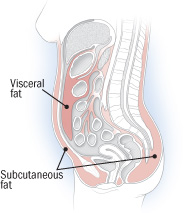
The team, therefore, believe that SIK2 is required to maintain normal blood sugar regulation and possibly also insulin sensitivity. And the lack of SIK2 could be a step in the direction of developing insulin resistance. The more SIK2 to, the better the glucose uptake was by the fat cells.
More research is needed to understand this mechanism and there are other parallel studies going on presently that examines the effect of SIK2 on humans.
The study “Salt-inducible kinase 2 regulates CRTCs, HDAC4 and glucose uptake in adipocytes” has been published it the peer-reviewed scientific journal “Journal of Cell Science”.
_______________
Salt-inducible kinase 2 regulates CRTCs, HDAC4 and glucose uptake in adipocytes
______________________________

